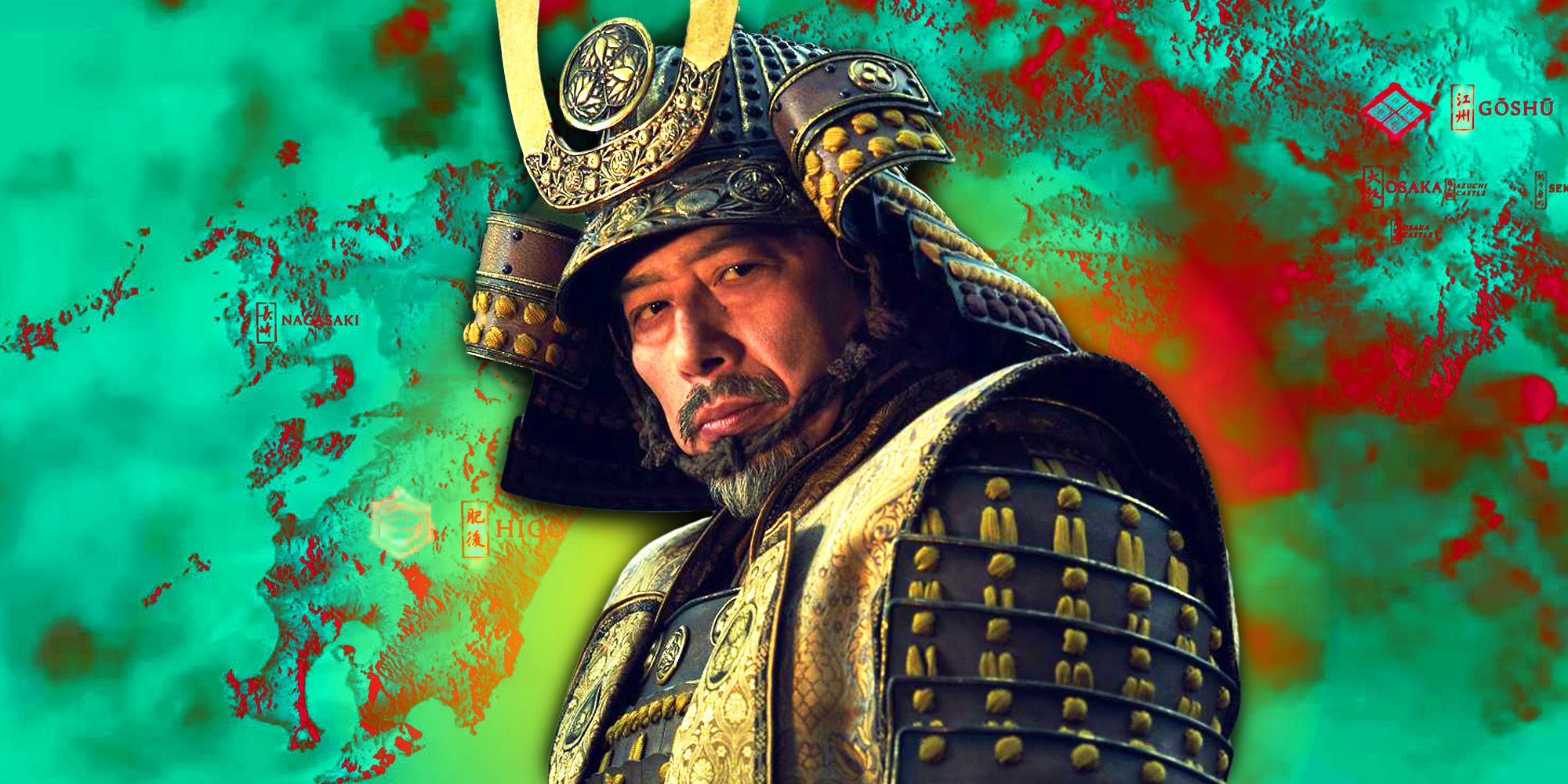
While Shōgun was originally intended to be a 10-part limited series based on the celebrated novel of the same name by James Clavell, the overwhelming success and popularity of the series inspired FX, Hulu, and creators Justin Marks and Rachel Kondo to expand the story in further seasons. Shōgun earned a near-perfect 99% critic score on Rotten Tomatoes and is poised to have a big night at the Emmys, which will take place on September 15, 2024. Shōgun was previously adapted into a limited series back in 1980 and earned 3 Emmys, including Outstanding Limited Series. Shōgun season 2 is currently in development and is expected to start filming in 2025.
Lord Toranaga’s Minowara Ancestry Is Based On The Minamoto Clan
The Minowara are a historically powerful family in feudal Japan
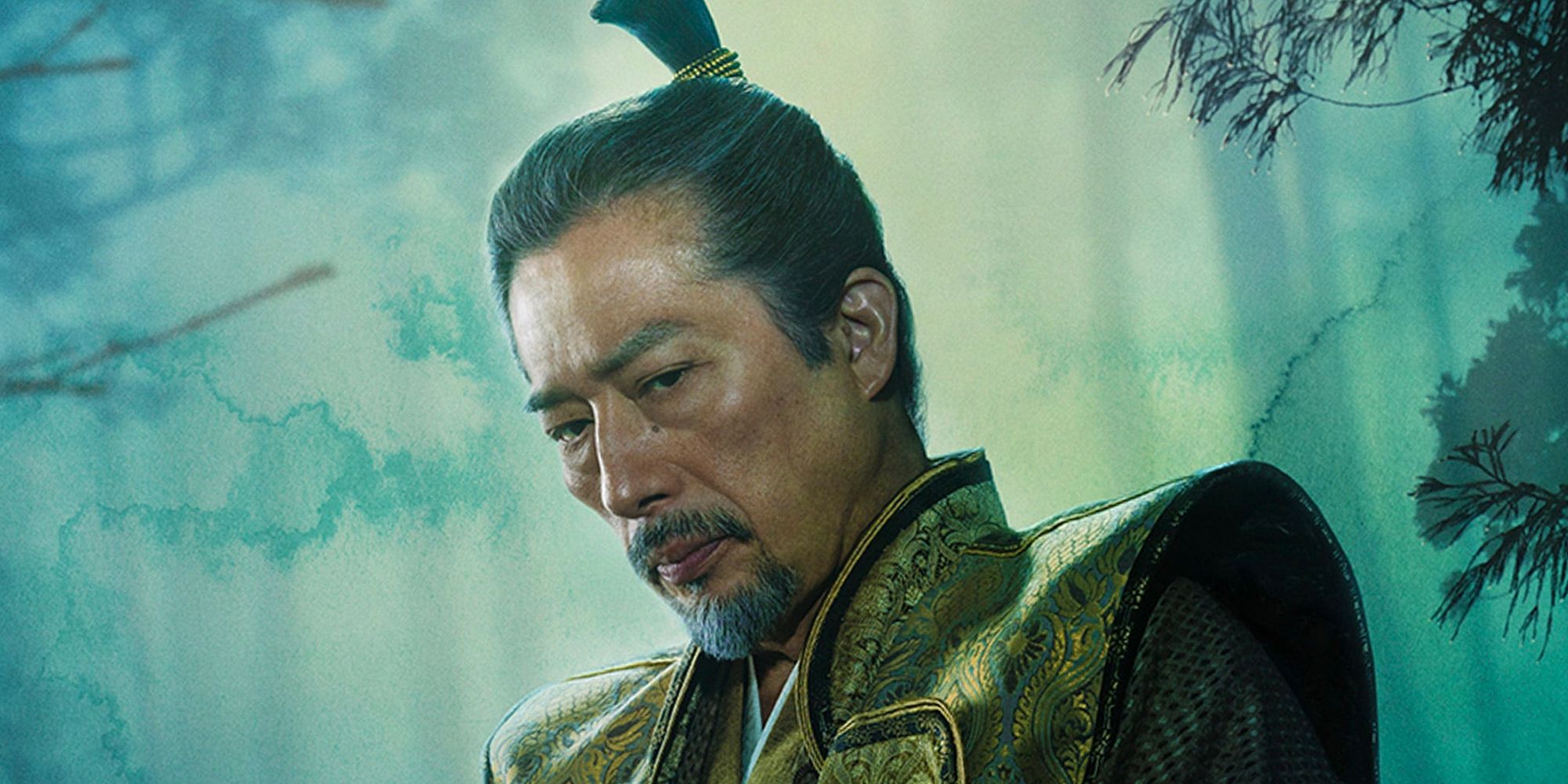
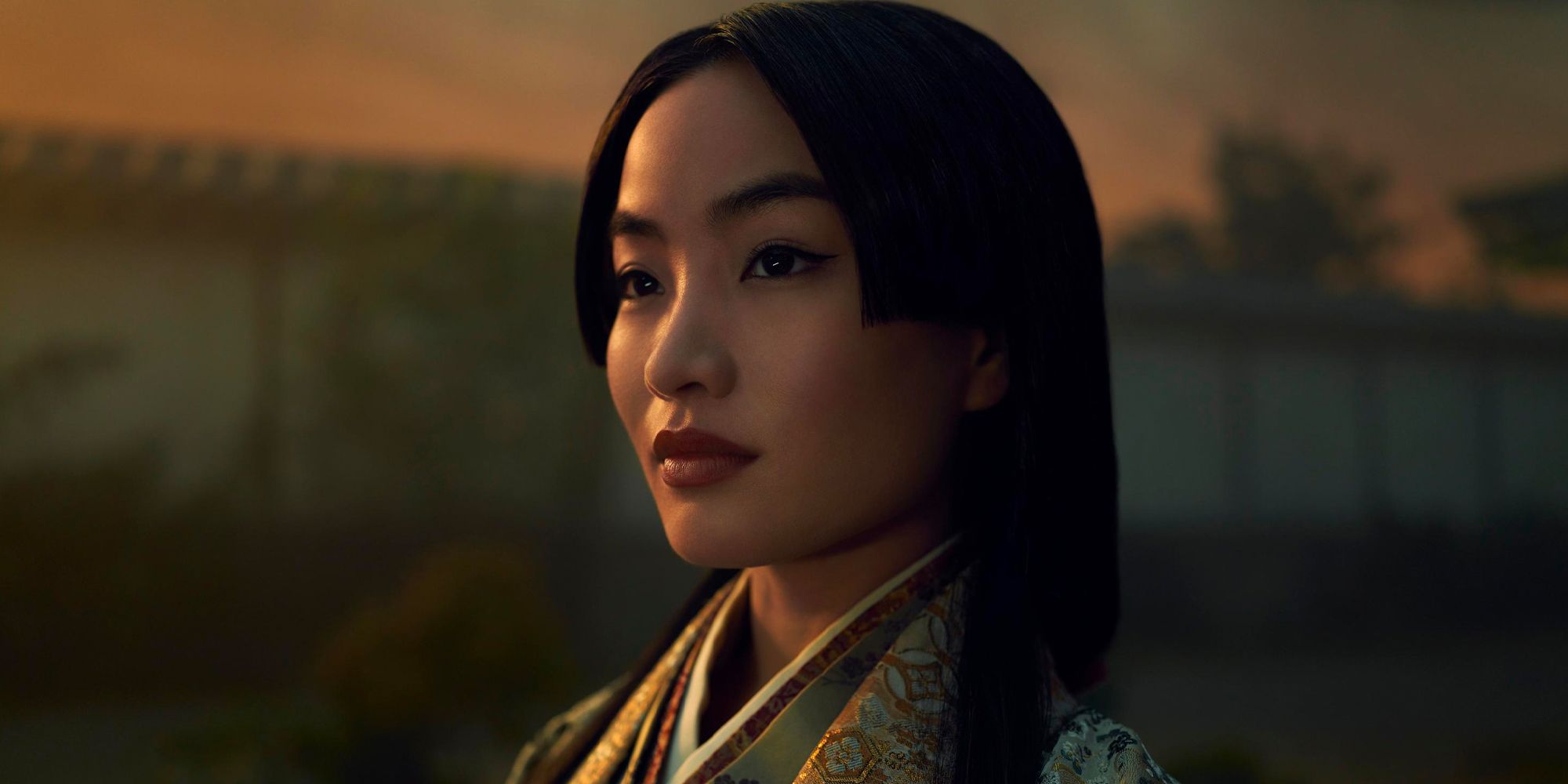
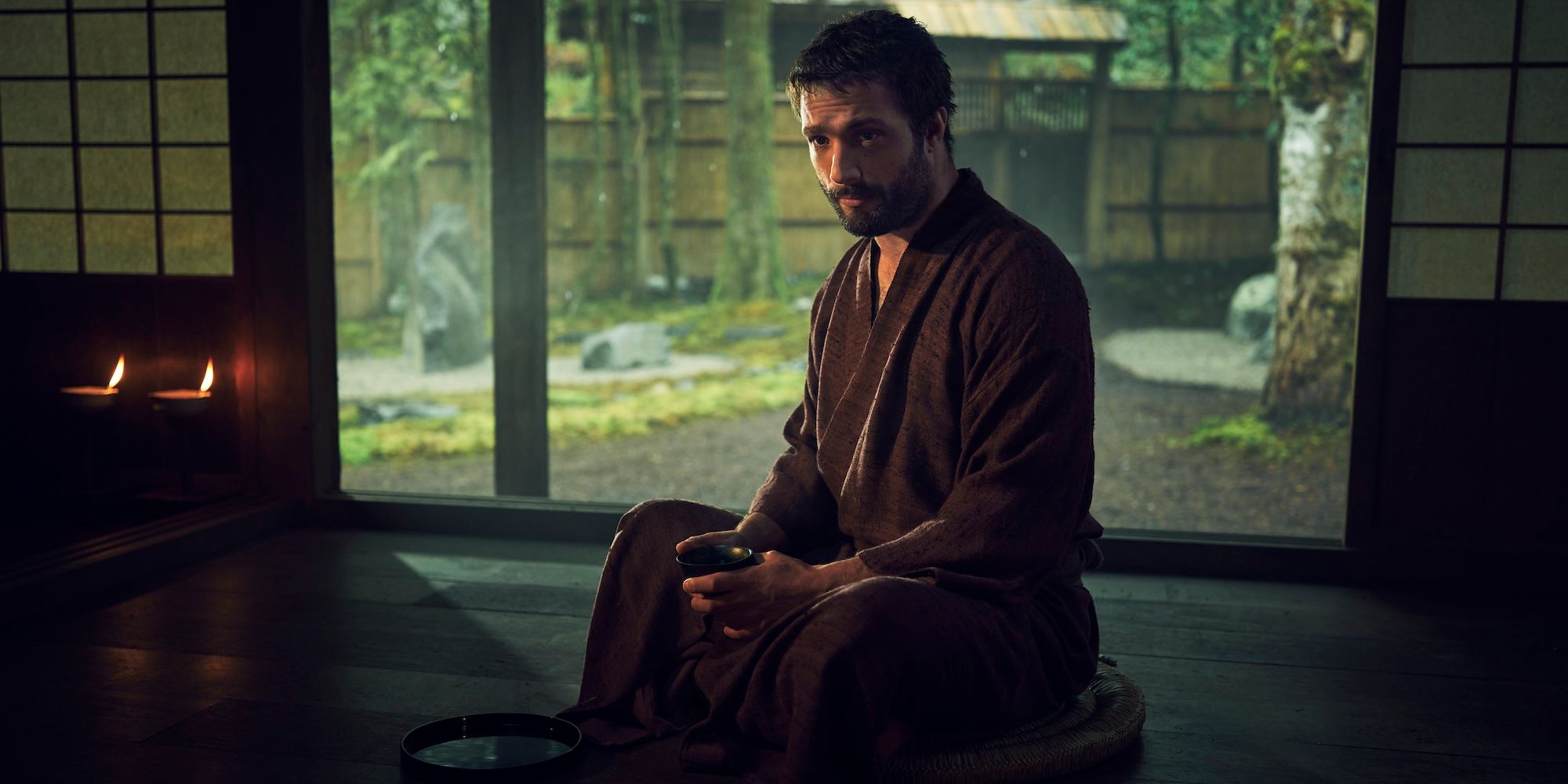
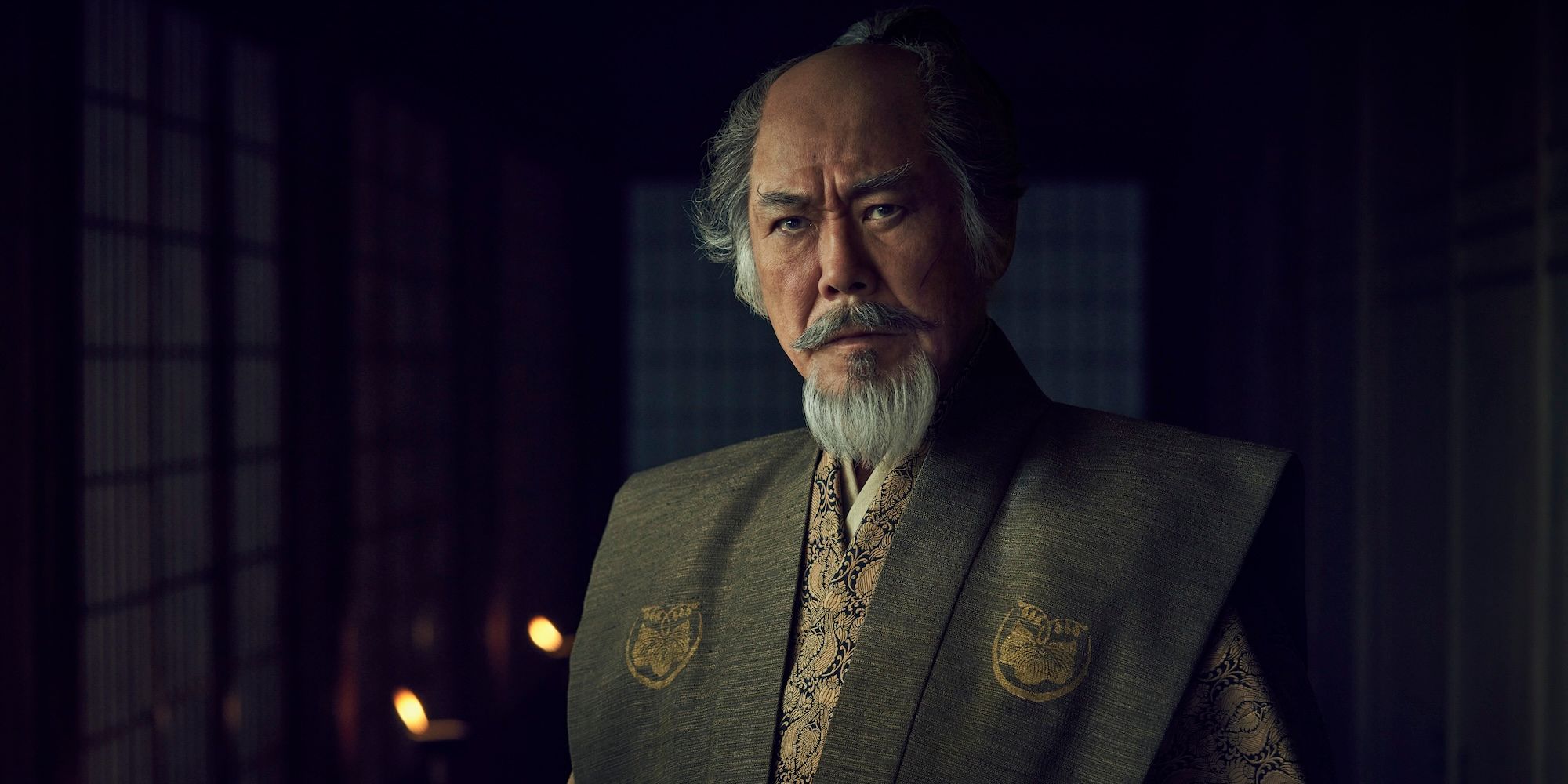
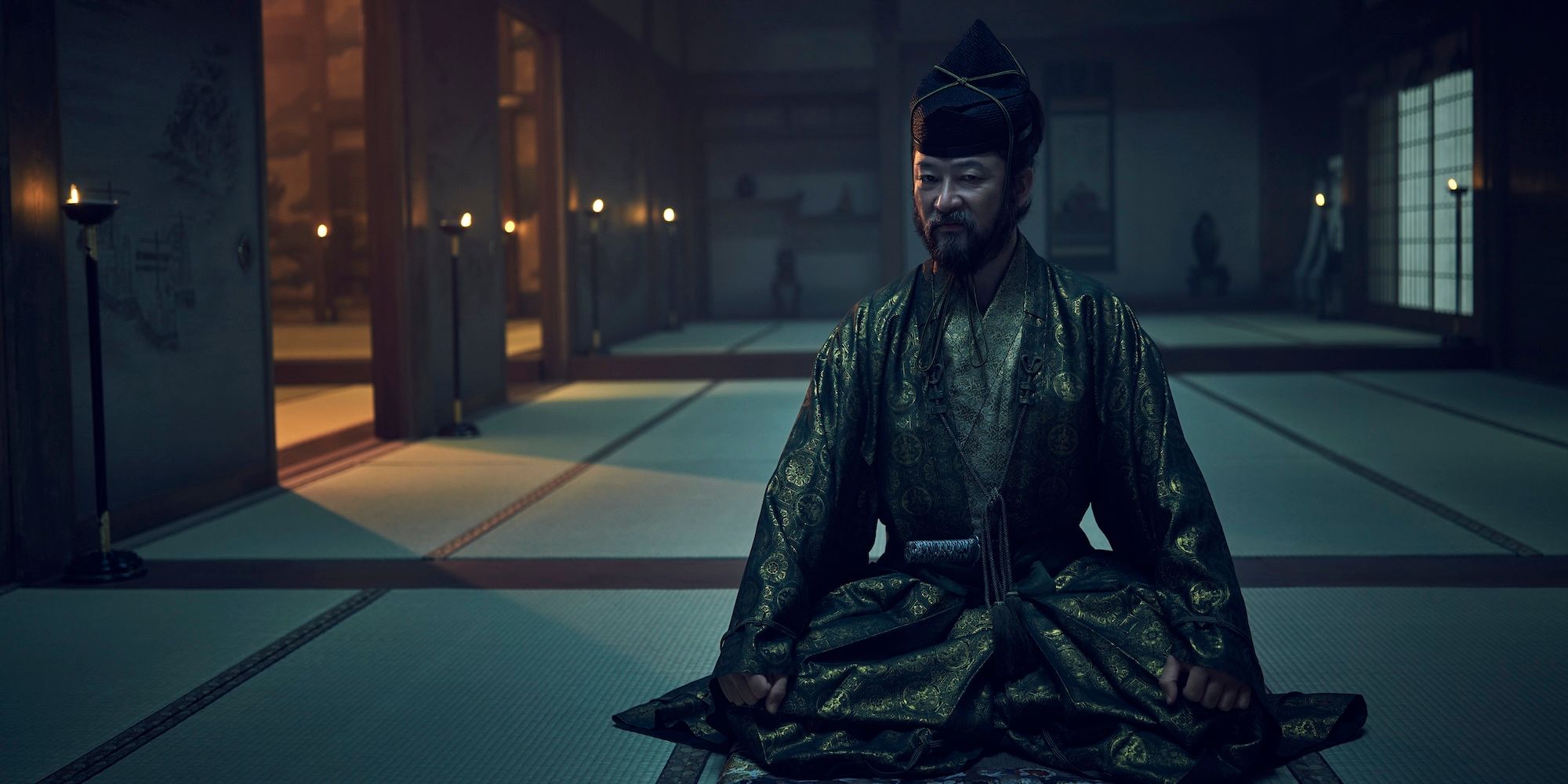





In Shōgun, Lord Toshii Toranaga is the descendant of the Minowara lineage, which is a historically powerful family in feudal Japan. Part of the reason why the other members of the Council of Regents want Lord Toranaga dead is for this very reason, as they suspect he could make a claim for the throne as the new sole shōgun of Japan in the absence of the Taiko. Lord Toranaga has expressed multiple times that he has no desire to use his ancestral family line as leverage in a ploy for supreme power, vowing to look after The Taiko’s young son and heir Yaechiyo until he comes of age.
Lord Yoshii Toranaga is based on the real-life shōgun Tokugawa Iyeasu, who is considered one of the three great unifiers of Japan. Tokugawa Ieyasu became shōgun in 1603, right around the time that the Hulu/FX series takes place. Tokugawa Ieyasu was a member of the Matsudaira clan and claimed to be a descendant of the Seiwa Genji branch of the Minamoto clan, which earned him a designated rank as a lower-grade Lord. The Minamoto clan, also known as the Genji, were a lineage of Japanese Emperors and their noble family members who were considered to be the most powerful clan in Japan’s history.
The Minamoto Clan’s Role In Japan’s History Explained
The Minamoto clan ruled Japan during the 12th and 13th centuries
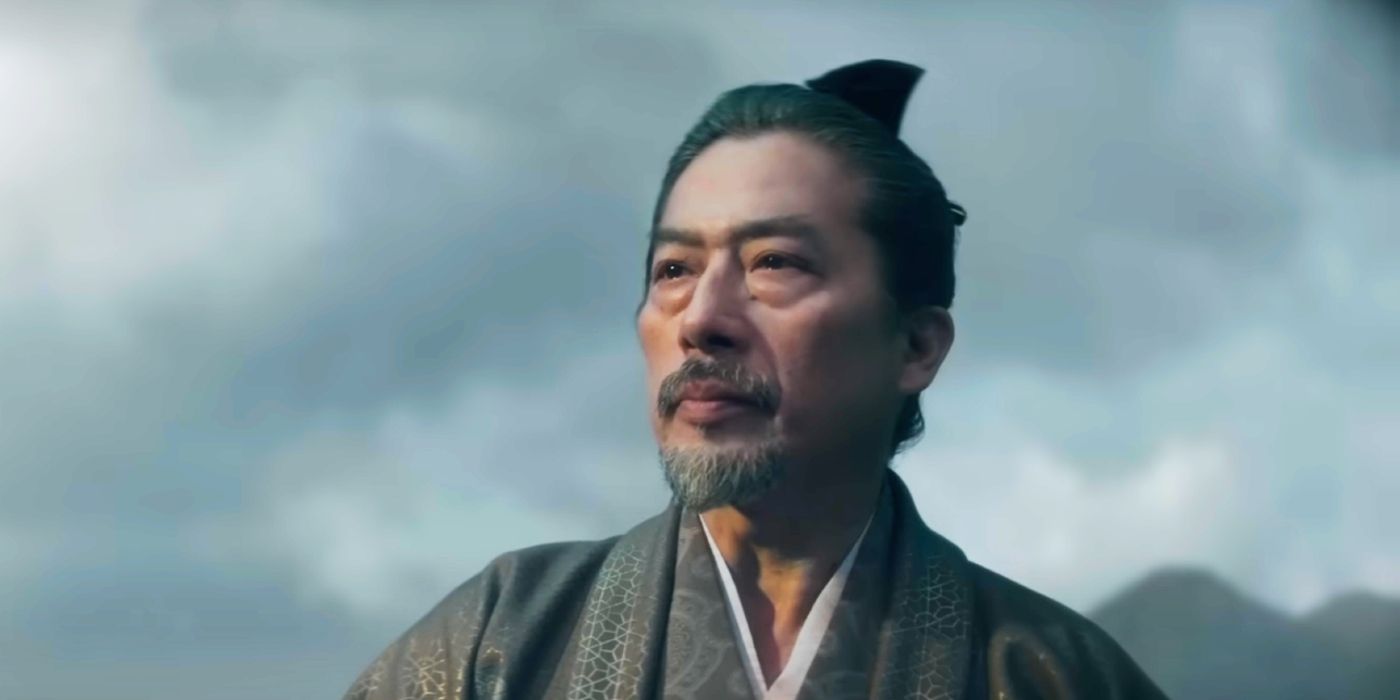
The real-life Minamoto clan ruled Japan during the 12th and 13th centuries and instilled the nation’s first shogun ruler, Minamoto no Yoritomo. According to the World History Encyclopedia, “The Minamoto name was first given as a surname to the children removed from the direct line of descent of Emperor Saga (r. 809-823 CE). The name Minamoto or Genji translates as ‘spring’ or ‘fount’.” The Minamoto was the most important clan of the four great historical clans of Japan throughout the Heian, Kamakura, Muromachi, and Edo periods (794 – 1868).
By claiming a direct lineage to the Minamoto clan, Tokugawa Ieyasu declared himself an honorable and worthy-by-blood figure to become the new leader of Japan. Just as depicted in Shōgun, the other feudal lords of Japan, who were called the Council of Five Elders in reality, suspected that Tokugawa Ieyasu would use his ancestry to oust them and take sole control over Japan. While this is effectively what happened in real life, Shōgun’s Yoshii Toranaga has shown no signs of making or using such a claim for those purposes, as the fictional character shows no ostensible desire to rule the entire nation himself.
Lord Toranaga Was Based On Tokugawa Ieyasu
Tokugawa Ieyasu was a powerful former Shōgun of Japan
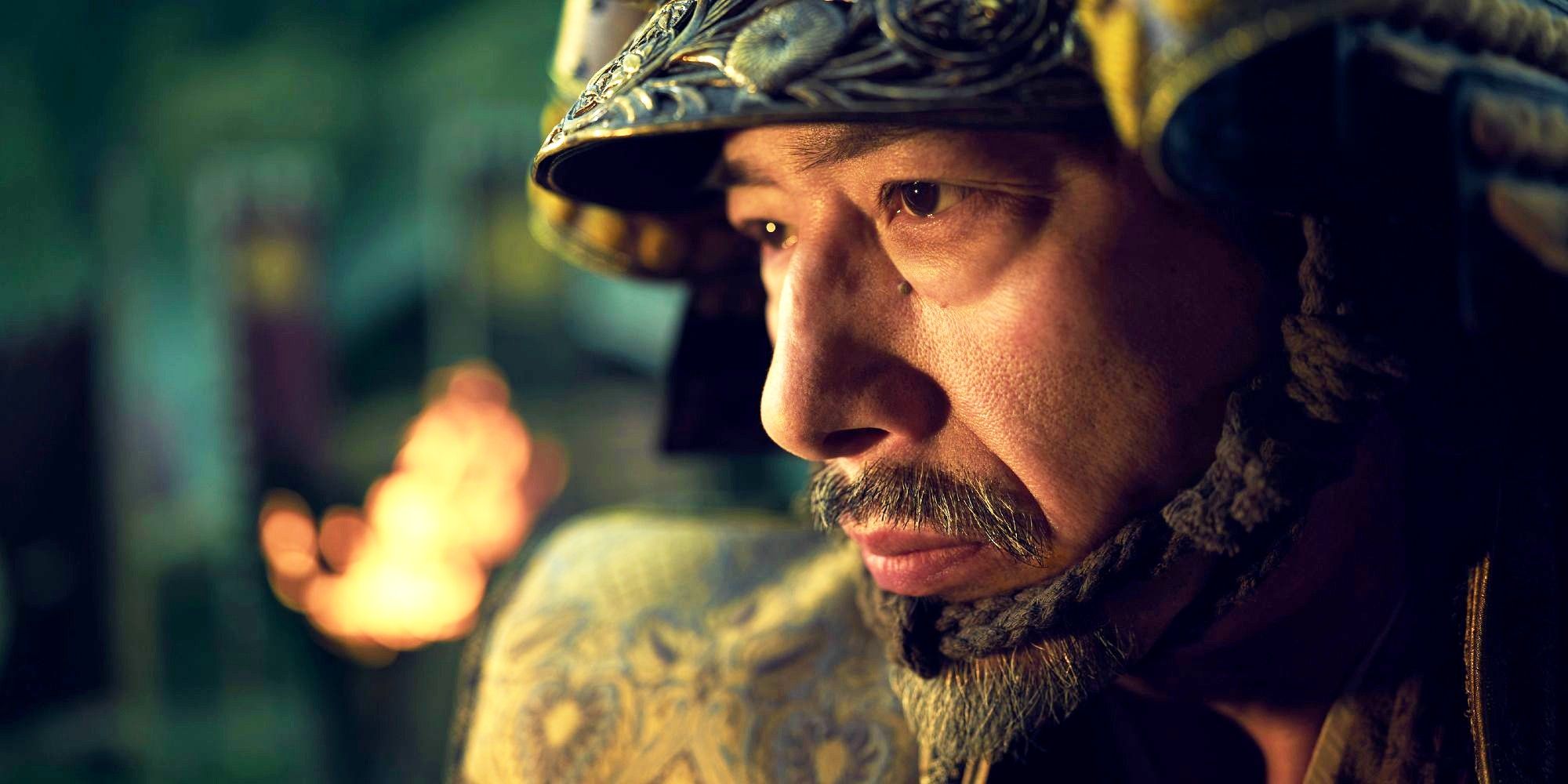
Tokugawa Ieyasu was the former Shōgun of Japan whose lineage ruled the nation from the start of the 17th century to the mid-19th century during the Edo Period. The real-life Tokugawa Ieyasu befriended the English shipbuilder and navigator William Adams, who inspired the character of John Blackthorne in the Hulu/FX series. The premise of Shōgun is based on the mutually beneficial relationship that the real-life Tokugawa Ieyasu had with William Adams after he unintentionally sailed to Japan. Tokugawa Ieyasu found him incredibly intelligent and resourceful in trade and shipbuilding and wouldn’t let him leave.
As lord of the expansive Kanto region of feudal Japan, Yoshii Toranaga has a major target on his back at the beginning of the series and he does not start out with many allies. Knowing his critical situation but never appearing desperate, Yoshii Toranaga takes John Blackthorne from being a prisoner to keeping him under his wing. Yoshii Toranaga also trusts Toda Mariko (Anna Sawai), a powerful yet potentially deceitful ally who appears to have more than one heart. Yoshii Toranaga also appears to trust the feudal lord Kashigi Yabushige, who turned out to be Shōgun’s “Littlefinger” equivalent.
How Lord Toranaga’s Shogun Story Mirrors The Tokugawa Shogunate Formation
Ishido Kazunari and Yoshii Toranaga went to war in the Battle of Sekigahara
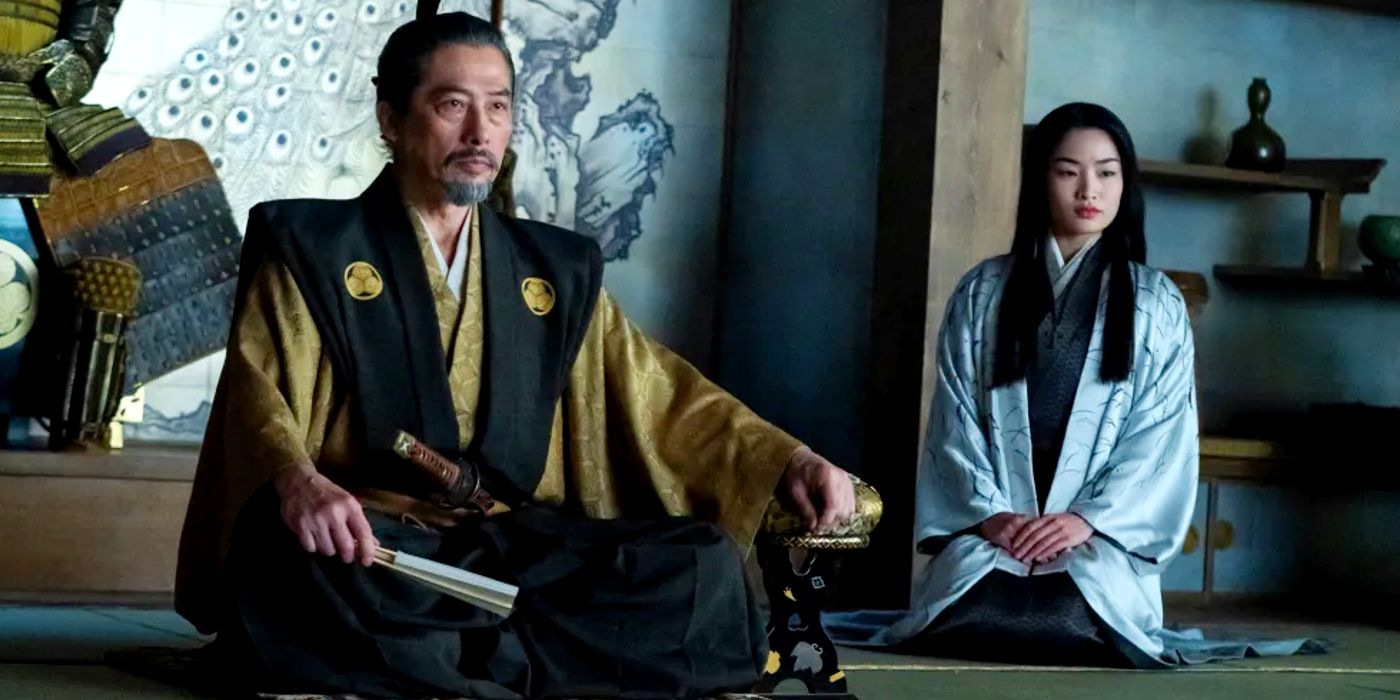
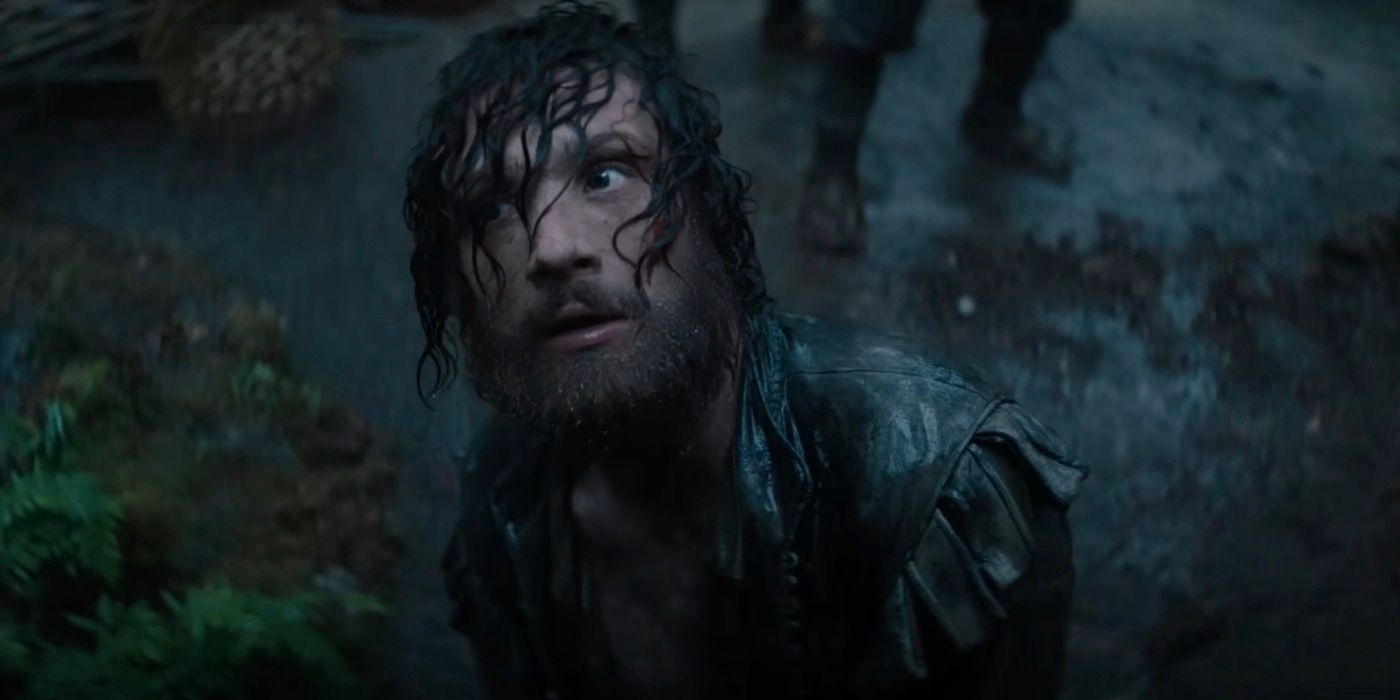
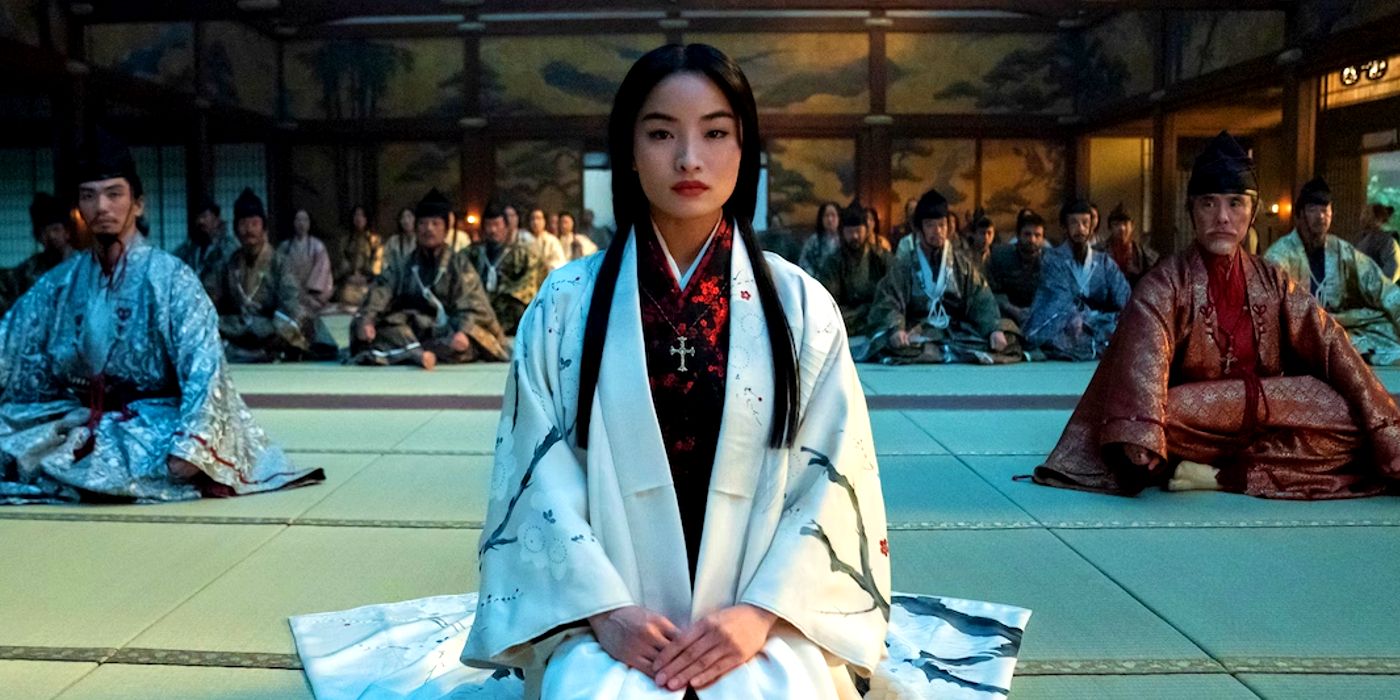
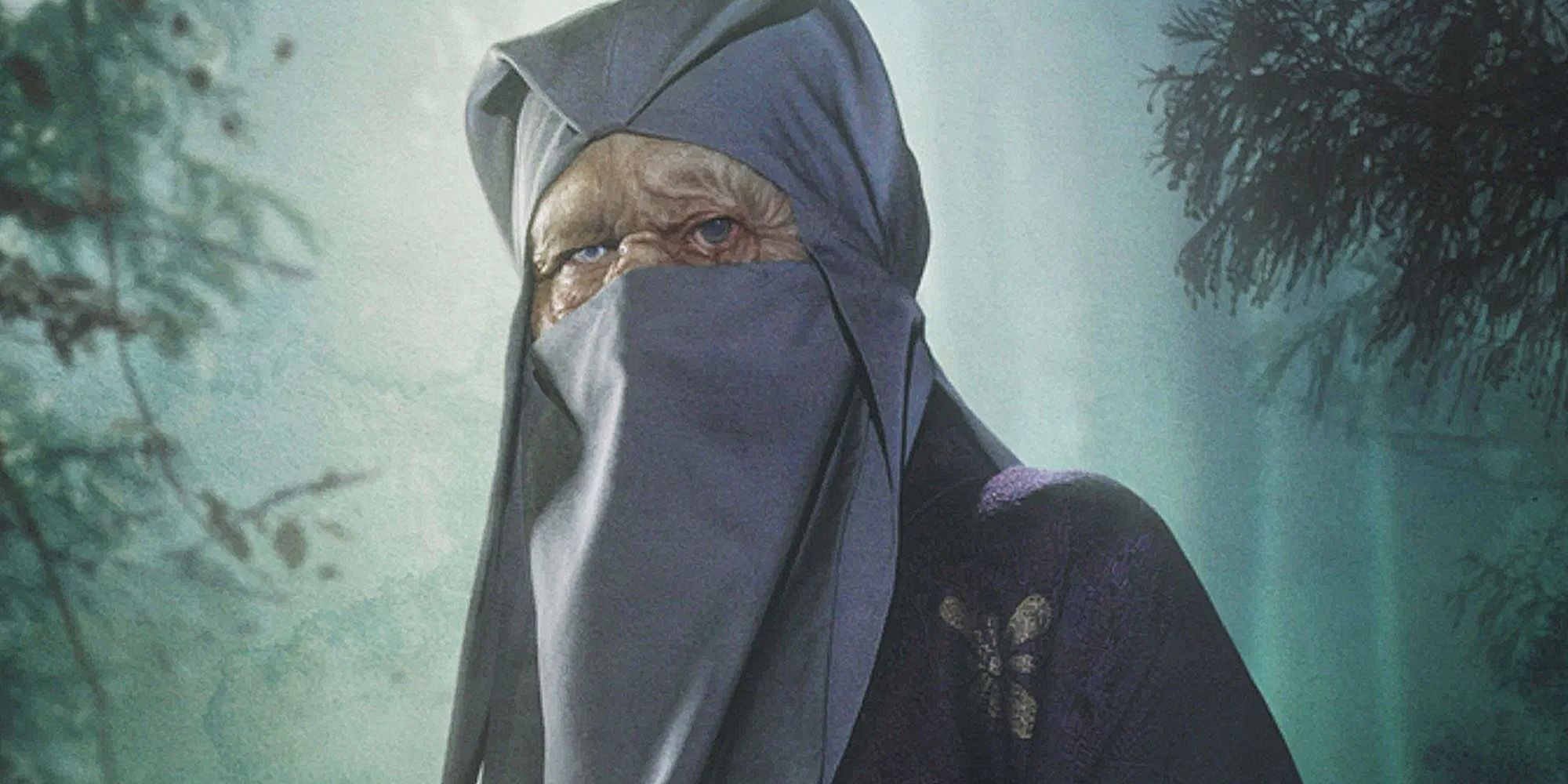
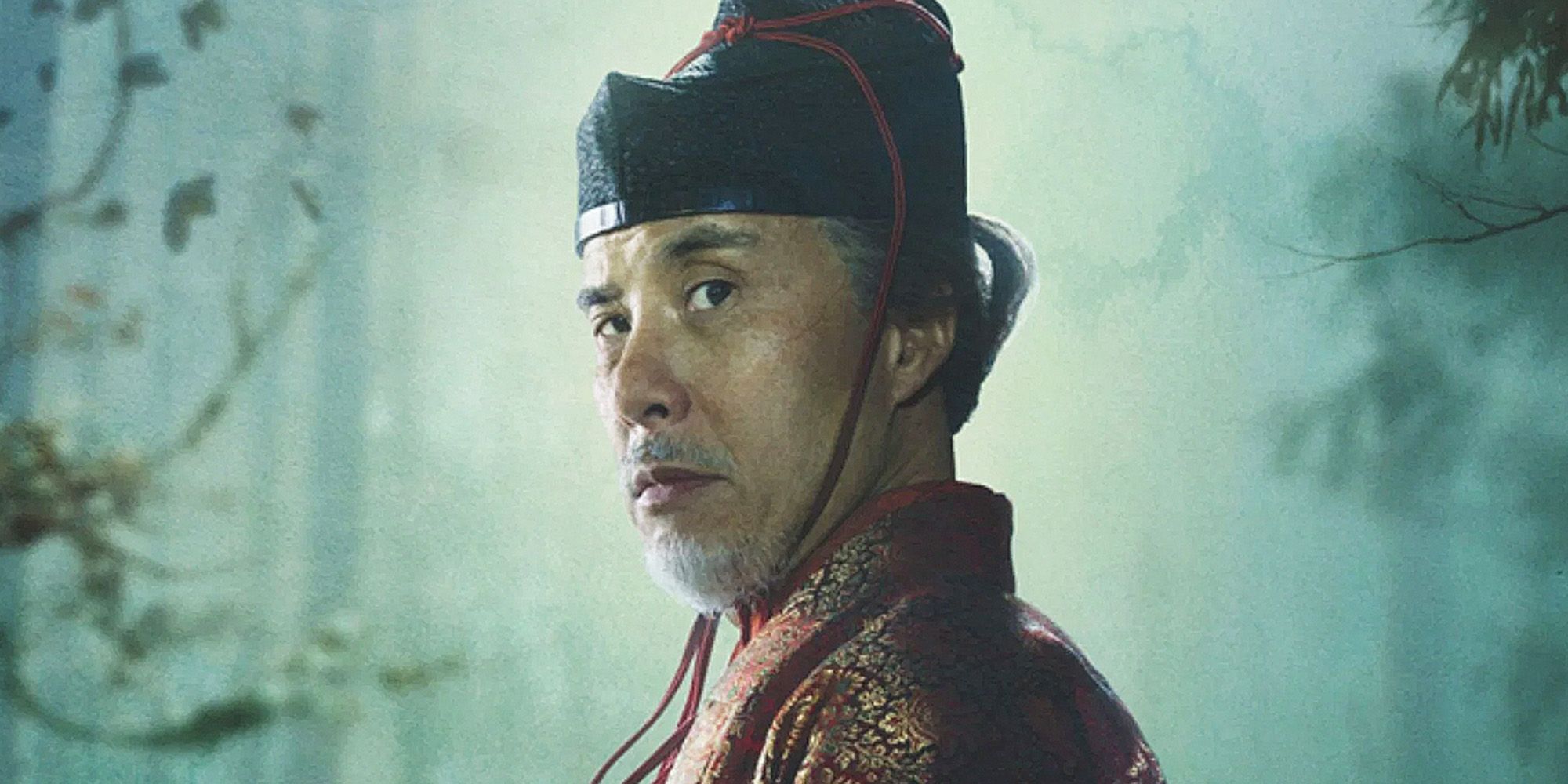





Shōgun was certainly inspired by the historical accounts and James Clavell’s authentic novel in regard to the Tokugawa Shogunate and the acclaimed FX/Hulu series. It is clear that the biggest link between the fictional Lord Yoshii Toranaga and the real-life Tokugawa Ieyasu is their rivalry with the other four members of the Council of Regents/Council of Five Elders, who are all based on real-life feudal lords who wanted Tokugawa Iyeasu out of power. These lords were great friends and allies to the real-life Ishida Mitsunari and saw him fit to be Japan’s shogun.
Another common link in the claim of lineage to the legendary Minowara/Minomoto clans, although Lord Yoshii Toranaga seems much more hesitant to use it. Using the historical accounts of Tokugawa Iyeasu as a predictor for the series, Ishida Mitsunari, who inspired the Ishido Kazunari character in the series, will use his support of the Eastern Japanese interests against the Western ideals of the Toranaga clan and war will ensue for control of Japan. Ishido Kazunari and Yoshii Toranaga went to war at the end of Shōgun season 1 which will likely continue in future seasons.
Does Lord Toranaga Become Shogun In Season 1’s Ending?
Shōgun season 1 sort of ended on a cliffhanger
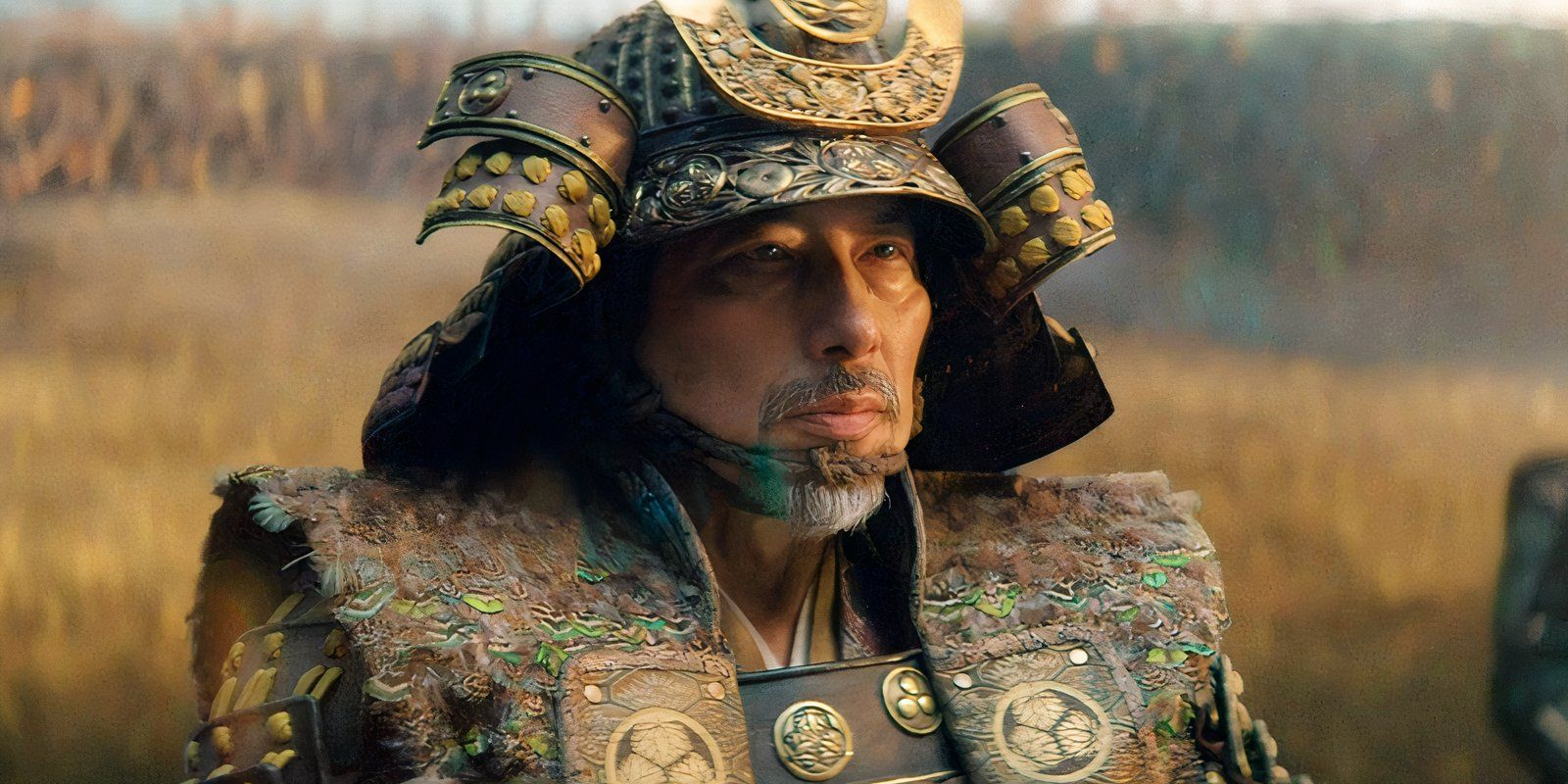
Shōgun season 1 sort of ended on a cliffhanger as far as Toranaga’s rise to power goes, since he is not officially given the rank of shogun by the end. The final scene depicts Toranaga going to battle with Ishido but does not include the historical context that follows. This indicates that Toranaga will still have some crucial enemies and obstacles to overcome on the long and difficult path to becoming shogun. As long as the Heir to the Throne and Ochiba-no-kata are still alive, he will likely not be recognized as Japan’s true shogun. We’ve seen how much he is willing to sacrifice in season 1, hinting that he will go even further in season 2 to officially become shogun.
How Japan’s History Sets Up Shogun Season 2
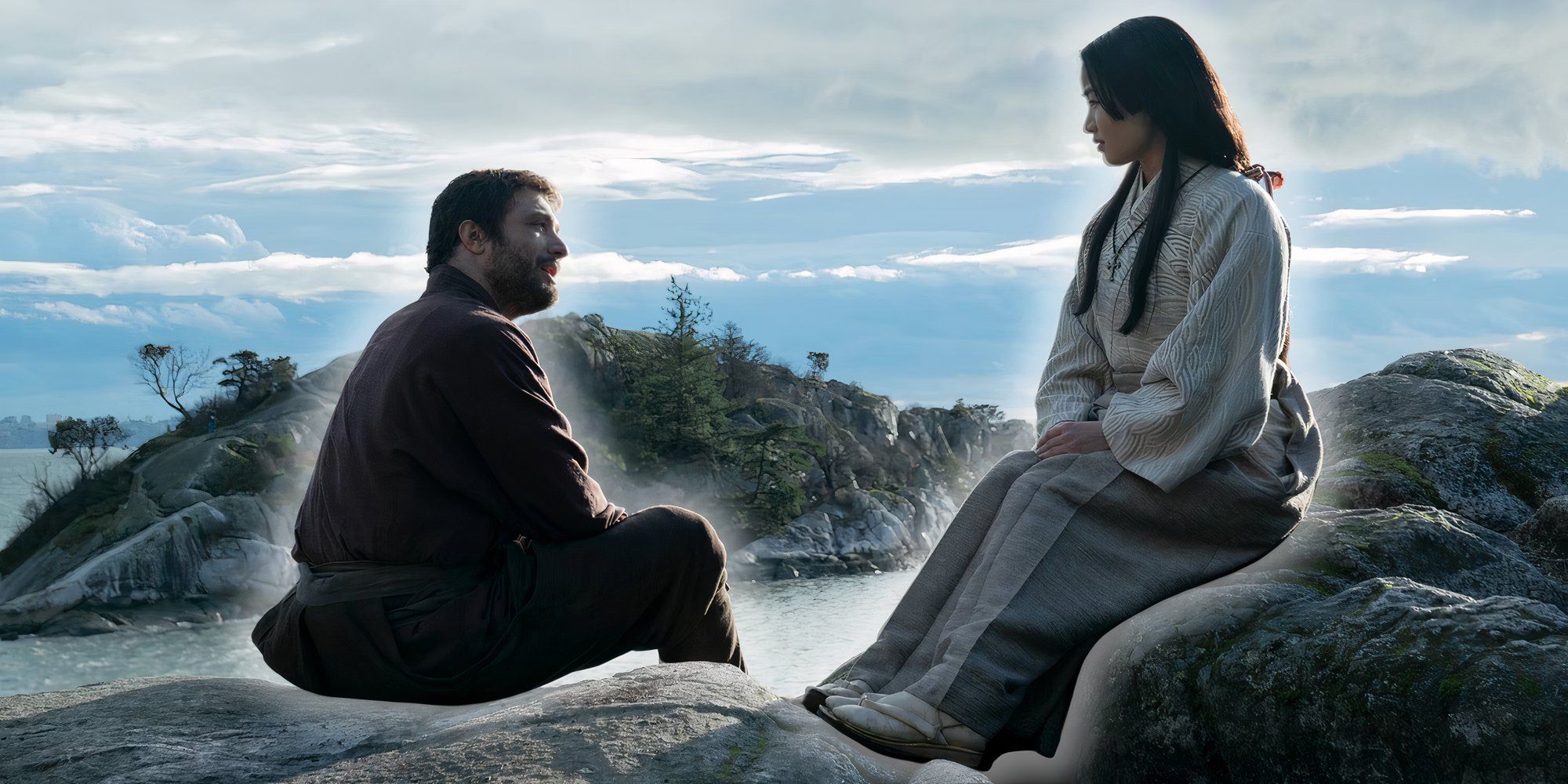
While Shōgun season 1 focused on Toranaga’s cunning strategy and rise to power, season 2 can focus on the establishment of the shogunate in its earliest stages. It will likely primarily focus on the Christianity subplot from season 1, since Christianity was banned by Tokugawa a decade or so after his shogunate was created. This provides a lot of ammunition for the main conflict and the opportunity for some of the less-developed characters, such as Father Martin, to get more involved. Shōgun season 3 will likely focus on the Siege of Osaka, which is the final battle that solidified Tokugawa’s insurmountable shogunate in feudal Japan.
The end of Shōgun demonstrated that Toranaga had essentially led Ishido into a trap, which required major sacrifices from some of his most loyal servants, including Mariko and Hiromatsu. Toranaga even lost his son in an episode of Shōgun season 1, but it was also mentioned that he has other sons who should play a significant role in future seasons. If there is a time jump between Shōgun season 1 and 2, it will likely be about 10 to 14 years and will cover the rising threat of Christian mercenaries and the Siege of Osaka, which took place between 1614 and 1615. There are plenty of narrative directions Shōgun season 2 can go as well if the writers choose to rewrite the history books.




